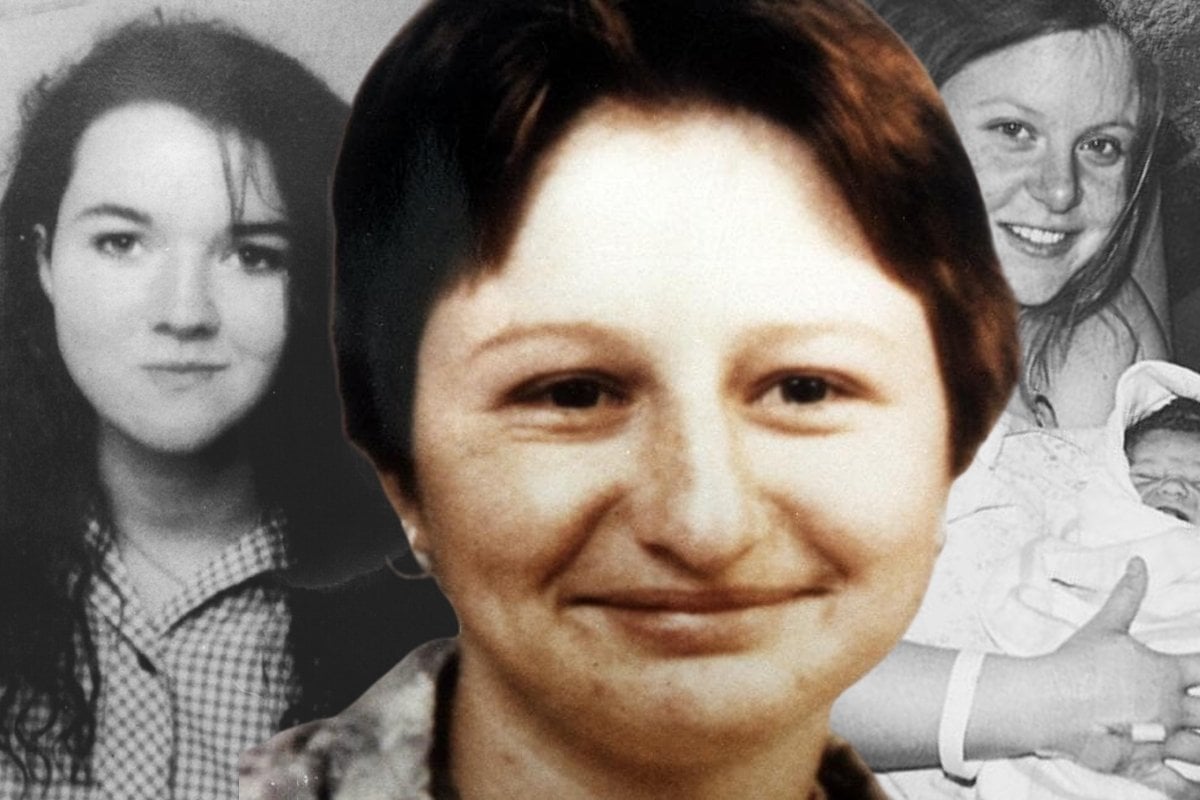
Crime writer Vikki Petraitis was with the Frankston police the day 17-year-old high school student Natalie Russell disappeared. It was a Friday. July 30, 1993.
Petraitis was working on a true-crime book and was due to begin another night shift riding along with a local sergeant. She met him at the rear of the station around 10.30pm.
A group of officers was gathered outside the door for their smoke break.
"Another one's gone missing," one told them.
Petraitis remembers the sinking feeling that overcame her at those words. By then, two local women had been found dead in apparent homicides. The area had been flooded with dozens of extra police searching for the killer; door-knocking, checking cars, monitoring for suspicious activity. The Melbourne papers were already crying 'serial killer'.
"There were police everywhere, and the sense that this girl could go missing right under the noses of everyone, it was just—. It's really hard to describe. It was like deflated. There was this defeat," Petraitis told Mamamia's True Crime Conversations podcast. "We couldn't believe this had happened."
By the time she and the sergeant were inside, near the front of the station, another officer emerged from upstairs with more news. "They've found her," he said. "She's dead."
The Frankston Murders.
Elizabeth Stevens, 18, was walking home from a bus stop in Langwarrin on the evening of June 11 when a man jumped towards her. It was dark and raining heavily, with gusting winds that muffled her screams.

